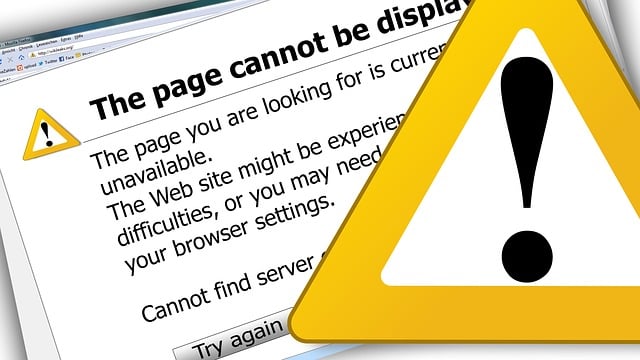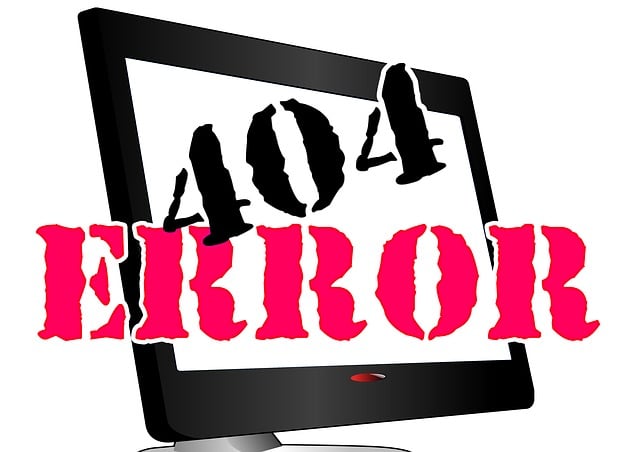Optimizing cash flow through Purchase Order (PO) financing requires strategic navigation. Businesses can leverage PO collateral for immediate capital before invoice due dates, benefiting from strong vendor relationships and consistent purchase cycles. However, careful consideration is crucial to avoid high-interest debt traps. This involves thorough vetting of financing partners, transparency in terms and fees, and effective inventory & financial management. Proactive strategies include cash flow projections, internal controls, supplier communication, and diversifying financing options. Avoiding late payments through clear terms and real-time tracking prevents strain on suppliers and maintains timely cash flow. Efficient PO management, including robust internal controls, strategic funding methods, and exploring alternative financing, is key to successfully navigating and avoiding PO financing mistakes.
“Unleashing the power of purchase order (PO) financing can boost cash flow, but it’s not without its pitfalls. This comprehensive guide delves into the intricacies of PO financing, equipping businesses with the knowledge to navigate these financial waters wisely. From understanding the basics to recognizing common traps, we explore strategies for proactive risk management. Learn how to prevent financial disasters, mitigate late payment risks, and adopt best practices for efficient PO management – essential steps in avoiding PO financing mistakes.”
- Understanding Purchase Order (PO) Financing: A Brief Overview
- Common Pitfalls in PO Financing: What Businesses Should Avoid
- Strategies to Prevent Financial Disasters: A Proactive Approach
- Risks Associated with Late Payments and How to Mitigate Them
- Best Practices for Efficient PO Management and Funding
Understanding Purchase Order (PO) Financing: A Brief Overview

Understanding Purchase Order (PO) Financing is crucial for businesses aiming to streamline their cash flow and avoid common pitfalls. PO financing involves using a purchase order as collateral to secure funding before an invoice becomes due, enabling companies to access immediate capital for pending purchases. This method is particularly attractive for businesses with strong vendor relationships and predictable purchase cycles, as it offers a quick solution to bridge financial gaps.
However, navigating PO financing requires careful consideration to avoid mistakes. Businesses should thoroughly vet their financing partners, ensuring transparency in terms and fees. A solid understanding of the financing process, including potential delays and documentation requirements, is essential. By being well-informed, companies can make strategic decisions, negotiate favorable conditions, and effectively manage cash flow while reaping the benefits of PO financing without falling into avoidable traps.
Common Pitfalls in PO Financing: What Businesses Should Avoid

Many businesses, especially small and medium-sized enterprises (SMEs), turn to purchase order (PO) financing as a quick solution for cash flow issues. However, this funding method is not without its pitfalls. One of the main risks is getting caught in a cycle of high-interest debt, particularly with hidden fees and variable interest rates. Businesses should avoid being enticed by short-term gains and instead focus on understanding the full cost of financing, including any associated charges and potential penalties for early repayment.
Another common mistake is inadequate due diligence when selecting a PO financing provider. Companies must thoroughly research and choose reputable lenders with transparent terms and conditions. Neglecting to read and comprehend the contract can lead to unexpected fees or even illegal practices. Additionally, businesses should be wary of over-financing their POs, which can strain cash flow in the long term. Effective inventory management and financial planning are crucial to ensuring that PO financing serves as a strategic tool for growth rather than a burden.
Strategies to Prevent Financial Disasters: A Proactive Approach

Avoiding PO financing mistakes starts with a proactive approach that combines thorough planning and strategic execution. Businesses should meticulously assess their cash flow projections, ensuring they have sufficient funds to cover incoming purchase orders before funding is required. Implementing robust internal controls, including regular audits and accurate record-keeping, helps identify potential issues early on. Additionally, establishing clear communication channels between departments ensures everyone is aligned on order management and financing needs.
Diversifying financing options can also mitigate risks. Leveraging lines of credit, accounts receivable financing, or working capital loans provides flexibility when navigating cash flow peaks and valleys. Regularly reviewing and renegotiating terms with suppliers offers further protection against financial disasters, ensuring favorable conditions that align with the company’s financial health.
Risks Associated with Late Payments and How to Mitigate Them

Late payments are a significant risk associated with purchase order (PO) financing, potentially causing financial strain for suppliers and impacting cash flow negatively. Businesses should be aware that delays can occur due to various reasons, such as budget constraints, administrative bottlenecks, or changes in purchasing priorities. When left unaddressed, these late payments can lead to damaged supplier relationships, reduced creditworthiness, and even legal implications.
To mitigate the risks, companies can implement effective strategies like establishing clear payment terms with customers, including specified due dates and any applicable penalties for delays. Regular communication is vital; businesses should promptly address any issues affecting PO fulfillment and keep suppliers informed about potential changes in timelines. Additionally, utilizing advanced accounting software can streamline the entire process, providing real-time visibility into pending payments and enabling quicker response times to prevent delays.
Best Practices for Efficient PO Management and Funding

Efficient Purchase Order (PO) management is key to averting financing pitfalls. Start by implementing robust internal controls and processes. This includes verifying vendor credentials, establishing clear approval workflows, and maintaining detailed records. Regularly reviewing and updating your PO policies ensures they remain relevant and effective in the face of changing market conditions.
Additionally, strategic funding methods can significantly reduce risks associated with PO financing. Consider using technologies like automated invoice processing to streamline payments, cutting down on manual effort and potential errors. Negotiate favorable terms with suppliers, including early payment discounts or net 30 days terms, to improve cash flow management. Lastly, explore alternative financing options beyond traditional bank loans, such as factoring or inventory financing, tailored to your business needs.






